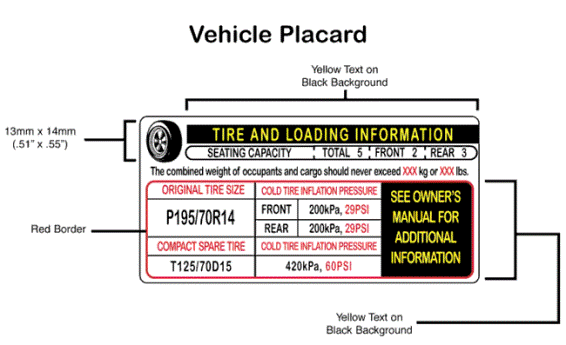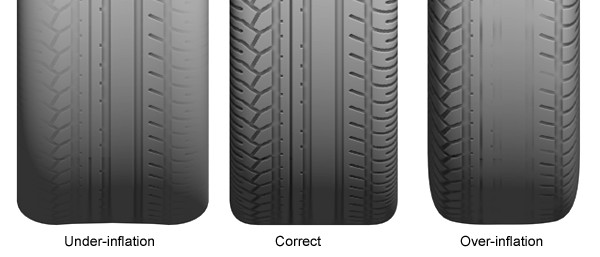![]() | Sam 4x4 | About | 4x4 Vehicles | Accessories |
Executives |
Testimonials |
Mission | Links | Contact |
| Sam 4x4 | About | 4x4 Vehicles | Accessories |
Executives |
Testimonials |
Mission | Links | Contact |
![]()
Toyota Hilux Vigo | Mitsubishi L200 Triton | Nissan Navara | Toyota Fortuner | DMax | Chevy Colorado | Ford Ranger
Thailand 4x4 pickup SUV exporter importer of RHD LHD New 2009 2008 and Used Toyota Vigo, Toyota Fortuner, L200 Triton, and Nissan Navara
Checking tire inflation pressure
Tire Safety is incredibly important. Everything Rides On It! Regardless of their size, tires are rated for a maximum load at certain pressure, it is important to keep the pressure of all four tires at the correct amount. Since both too little and too much tire inflation pressure sacrifices some performance, maintaining the precise inflation pressure is very important. There can be some confusion when checking tire inflation pressure listed on the tire and your vehicle's placard.
 Because car tires and truck tires are designed to be used on more than one type of vehicle, tire manufacturers list the "maximum permissible inflation pressure" on the tire sidewall. This number is the greatest amount of air pressure that should ever be put in the tire under max load and driving conditions.
Because car tires and truck tires are designed to be used on more than one type of vehicle, tire manufacturers list the "maximum permissible inflation pressure" on the tire sidewall. This number is the greatest amount of air pressure that should ever be put in the tire under max load and driving conditions.
For instance in the illustration the Max Load is 2000 kg or 4410 pounds and the corresponding tire inflation pressure is 760 kilopascals (kPa) or 110 psi cold.
When vehicle manufacturers such as Toyota, Mitsubishi or Isuzu select a tire size for a vehicle, they evaluate the car or truck's gross axle weights, how the tire will be used, and the tire size.
On the vehicle placard illustrated here the max load is the seating capacity of 5 passengers, 2 in the front and 3 in the rear. The vehicle manufacturers recommended tire cold inflation pressure in this case is 29 psi for both front and rear. Also note the tire size and inflation pressure of the small spare. Typically vehicle placards can be found on around door jamb, fuel filler door, glove box or center console door, engine compartment or look in your vehicle's owners manual.

Checking Tire Pressure
It is important to check your vehicle's tire pressure at least once a month and when the tires are cold. The reason: Most tires may naturally lose air over time. Tires can lose air suddenly if you drive over a pothole or other object or if you strike the curb when parking. With radial tires, it is usually not possible to determine under inflation by visual inspection.

Tire pressure must be checked with a quality air gauge as the inflation pressure cannot be accurately estimated through visual inspection. For convenience, purchase a tire pressure gauge to keep in your vehicle. Gauges can be purchased at tire dealerships, auto supply stores, and other retail outlets.
If your vehicle’s tires are under inflated by only 5 psi it could lead to tire failure, a build up of internal heat, increase rolling resistance and reduction in fuel economy. If your tires are over inflated by 5 psi, they could be damaged when running over potholes or trash in the road. Higher inflation pressures can improve steering response and cornering stability.
 |
 |
 |
| Return to our page on Automotive Articles | Return to Index Page | Email us now at thai4x4@gmail.com |
© 2002-2009 :: Sam Automotive Group :: All rights reserved :: Email: thai4x4@gmail.com ::